Taiwanese Restaurant Serves Whole, Unpeeled Frog Ramen
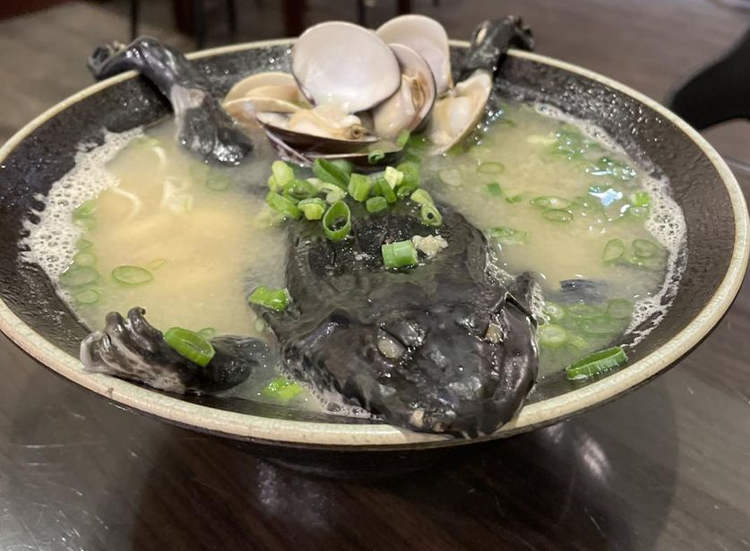
A ramen shop in Yunlin, Taiwan is giving the phrase “exotic food” a whole new meaning with its latest dish, a ramen bowl containing an uncut, unpeeled frog. “Frog Frog Frog Ramen” (蛙呀蛙呀蛙拉麵), the latest item on the menu of Taiwanese ramen shop Yuan Ramen (圓拉麵) recently went viral on social media because of a […]
Man Eats McDonald’s Three Times a Day for 100 Days, Loses 60 Pounds
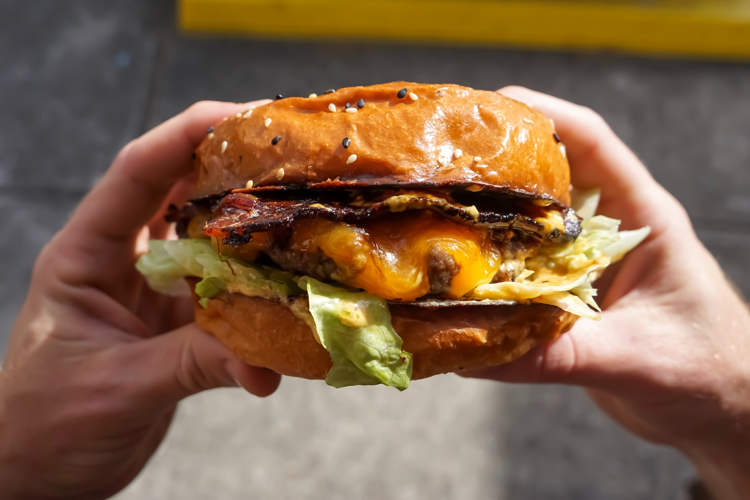
A 57-year-old Nashville man claims that he has managed to lose 60 lbs (27kg) of body weight by eating McDonald’s fast food three times a day for 100 days straight. If you’re trying to lose weight, fast food is probably the first thing you cut out, but one Nashville grandfather’s dieting experiment will probably make […]
Taiwanese Restaurant Serves Ramen Dish Topped With a Scary Deep-Sea Creature
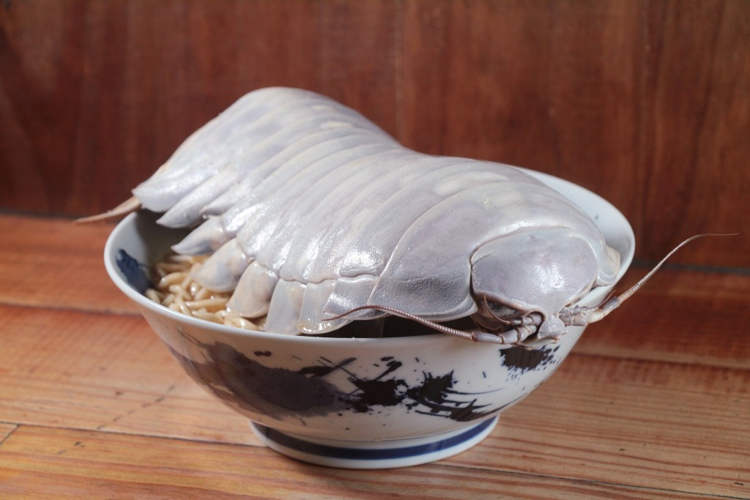
A Taipei-based restaurant has been getting a lot of attention for its newest addition to the menu- a ramen dish topped with a steamed 14-legged isopod that looks like something out of an Alien movie. The Ramen Boy restaurant recently took to Facebook to announce its latest dish, a bowl of ramen featuring a generous […]
New World’s Most Expensive Ice Cream Is Made with White Truffles, Costs $6,700
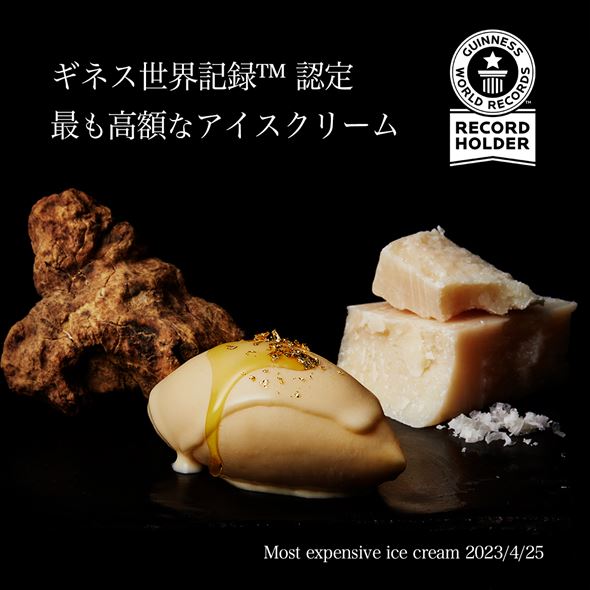
Japanese luxury ice cream brand Cellato recently set a new Guinness record for the world’s most expensive ice cream with a decadent treat priced at a whopping 880,000 yen ($6,700) per portion. On April 25, a Guinness World Records representative certified Byakuya, Cellato’s new protein-rich ice cream, as the most expensive in the world. It […]
Article on Raw ‘Crow Sashimi’ Sparks Controversy in Japan
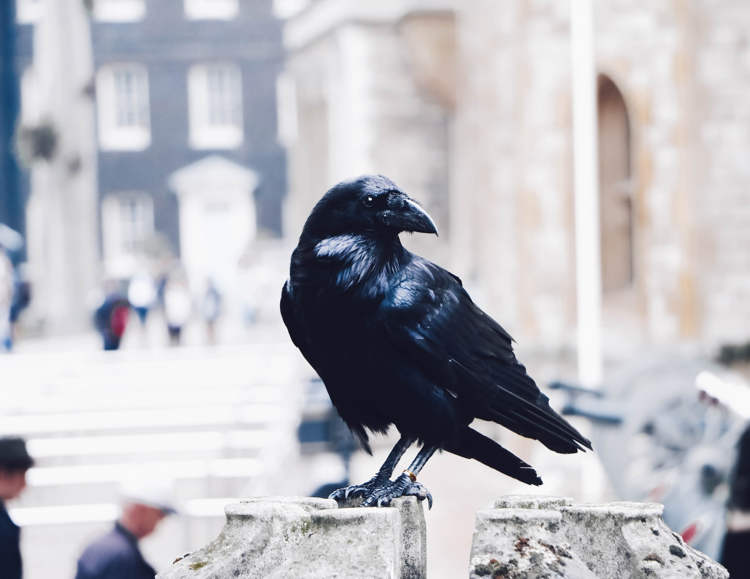
The Tokyo Shimbun newspaper recently sparked controversy in Japan with an article on consuming raw crow meat, a practice that experts say could cause serious health problems, even death. Last month, the Tokyo Shimbun, one of the most-read newspapers in Japan, published an article on the consumption of so-called ‘crow sashimi’ (raw crow meat marinated […]
The Bees of Easter Island Produce the Purest Honey on Earth
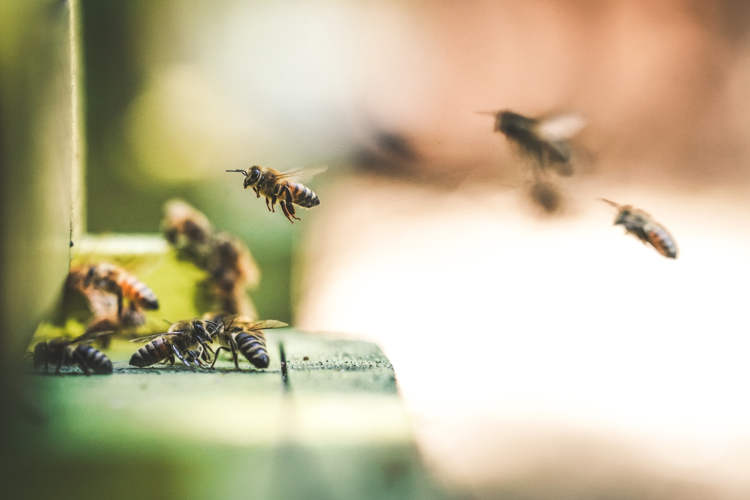
Isolated on an island in the middle of the southeastern Pacific Ocean, the bees of Easter Island are free of all the pathogens and pesticides ravaging the global bee population, and therefore produce the purest honey on the planet. The beekeepers of Chile’s Easter Island are fully aware that their bees may one day become […]
That’s Nuts! Man Has Allegedly Been Eating Only Coconuts for the Last 28 Years

Balakrishnan Palayi, an Indian man from Kasaragod, claims to have eaten nothing but coconut for the last 28 years in order to treat his gastroesophageal reflux disease (GERD). Imagine eating only one thing for over two decades. As a foodie with access to so many delicious treats, the mere thought of restricting one’s diet to […]
Sweet Mystery – North Carolina’s Bees Produce Purple Honey

The Sandhills of North Carolina is said to be the only place in the world where bees produce purple honey, an iridescent concoction that looks more like alien goo than the sweet nectar we know and love. From the expensive yet bitter Corbezzolo Honey to the meat honey produced by vulture bees, we’ve featured some […]
Popular Liquid Nitrogen-Infused Snacks Allegedly Cause Stomach Burns

Several kids in Indonesia have reportedly suffered stomach burns after consuming a popular liquid nitrogen-containing street snack called ‘chiki ngebul’. Commonly known as ‘dragon’s breath’ in Indonesia, chiki ngebul is an assortment of rainbow-colored candies coated in a cloud of liquid nitrogen mist that causes the person eating them to exhale that mist, like a […]
Finally! KFC Launches Fried Chicken Incense Sticks

KFC Thailand recently teamed up with several scent experts to create incense sticks that not only look edible but also smell like KFC fried chicken when lit. Colonel Sanders’ secret recipe containing 11 herbs and spices is notoriously hard to replicate in the kitchen, let alone in insence sticks, but KFC Thailand claims to have […]
Restaurant Serves Classic Miso Ramen With a Slice of Strawberry Shortcake

A restaurant in Osaka, Japan has built a reputation for serving traditional miso ramen with an unusual twist, like a slice of strawberry shortcake. Franken, a Japanese restaurant specializing in miso ramen, first made international news headlines last January, when it started selling a unique variant of sweet-and-sour red miso ramen with a cone of […]
Chu-hi-cha – A Unique Type of Tea Brewed From Caterpillar Droppings
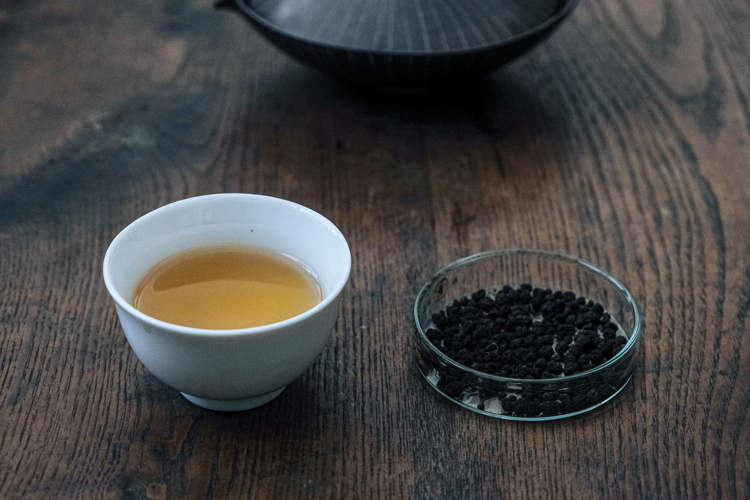
Chu-hi-cha is the name of a new type of tea discovered by a Japanese researcher at Kyoto University. It involves brewing the droppings of caterpillars that have feasted on various plants. Tsuyoshi Maruoka came up with the idea of caterpillar tea during graduate studies at Kyoto University’s Faculty of Agriculture, while researching the mysterious relationship […]
Japanese Company Develops Device That Rates the Deliciousness of Soba Noodles
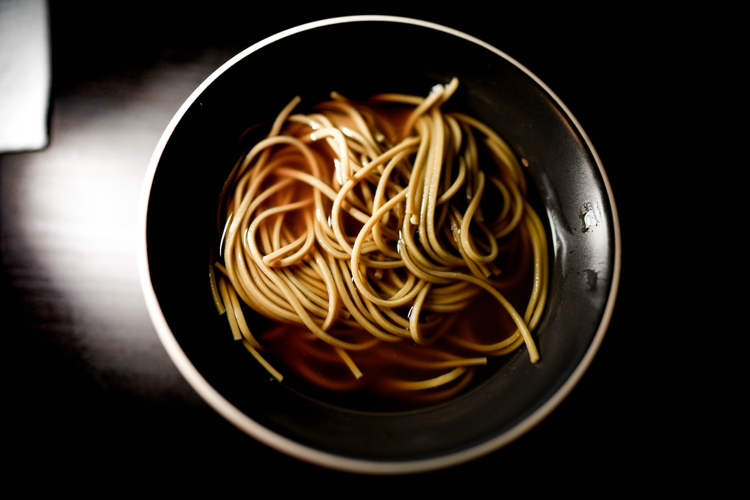
A Nagano-based company recently announced that it had created the world’s first noodle taste analyzer, a machine that can scientifically estimate the tastiness of soba noodles within seconds. Japan’s Nagano Prefecture is well-known for its soba noodles, a popular variety made with buckwheat flour. To honor the prefecture’s soba noodle production, local tool-maker Yatsurugigiken Inc. […]
Taste the Emptiness – Japanese Company Launches Flavorless Candy
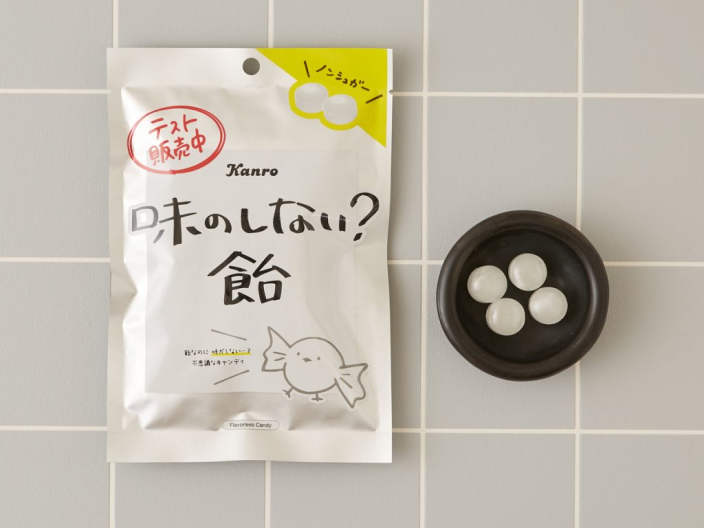
Japanese convenience store chain Lawson recently launched a rather intriguing new product – flavorless candy that apparently tastes like emptiness. Whether it be sweet, sour, salty or even spicy, candy has always been associated with a type of flavor. Well, at least until now, because flavorless candy is a thing these days. Lawson, one of […]
Woman Cooks Recipes Found on Gravestones as a Hobby

A US woman recently went viral for dedicating herself to a very unusual hobby – cooking recipes etched into people’s gravestones as a unique way of remembering and celebrating their lives. About a year ago, Rosie Grant was studying library science at the University of Maryland and interning in the archives of the Congressional Cemetery. […]
